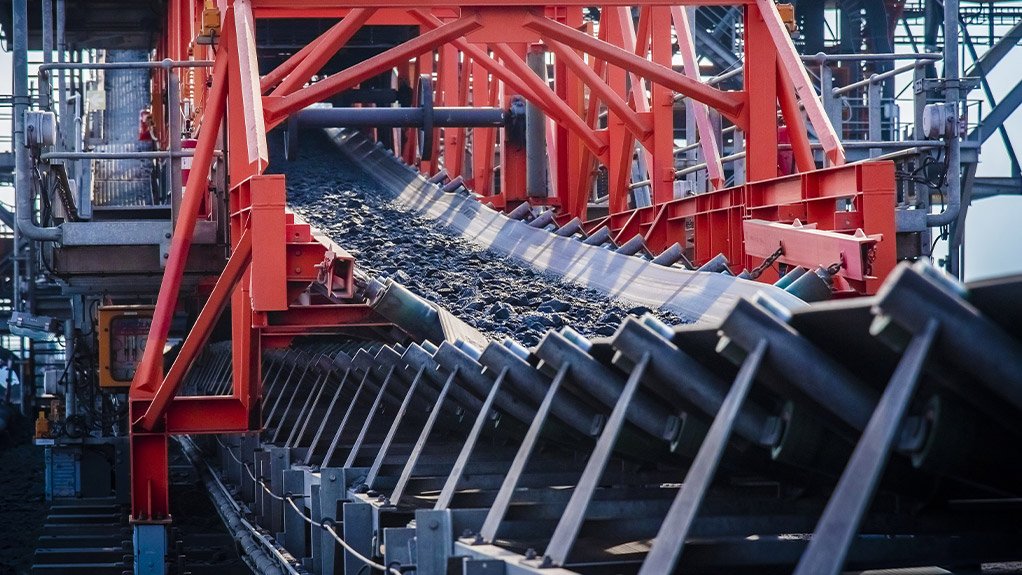
A South African iron ore mine where more than 400 Weba chutes are installed and operating successfully
The significance of correct chute designs to ensure efficient transfer of material in processing plants without blockages, spillage and with minimum wear cannot be emphasised enough. Yet, Engineering, Procurement and Construction Management (EPCM) contractors rarely collaborate with an experienced chute manufacturer early on in their plant design processes to ensure correct configuration of transfer points.
This is according to Mark Baller, managing director of Weba Chute Systems, who warns that the consequences of insufficient attention to transfer chutes in plant designs can be dire, as optimum material transfer is seldom achieved at plant start-up.
“The role of transfer chutes in a plant is traditionally underestimated. Based on our decades of experience, a significant portion of plant downtime is generally attributable to transfer chutes, be it through blockages, spillage or high chute wear,” explains Baller. “That’s why chutes should never be considered an afterthought in plant designs. An experienced chute manufacturer should therefore be part of the design process from the very start.”
Weba Chute Systems has over the years forged strong relationships with several leading EPCMs, and Baller notes that there is an apparent change in attitude towards the role of chutes in plant designs. Many EPCMs, he says, have seen the importance of getting a chute supplier involved at an early stage of the design process.
“Involving us in the early stages of plant designs eliminates the need for time consuming and costly modifications, which is often the case when a chute supplier is only consulted at a later stage of the process. Correct transfer chute designs eliminate unplanned plant stoppages and production losses down the line, thus boosting revenues for the mine,” concludes Baller.